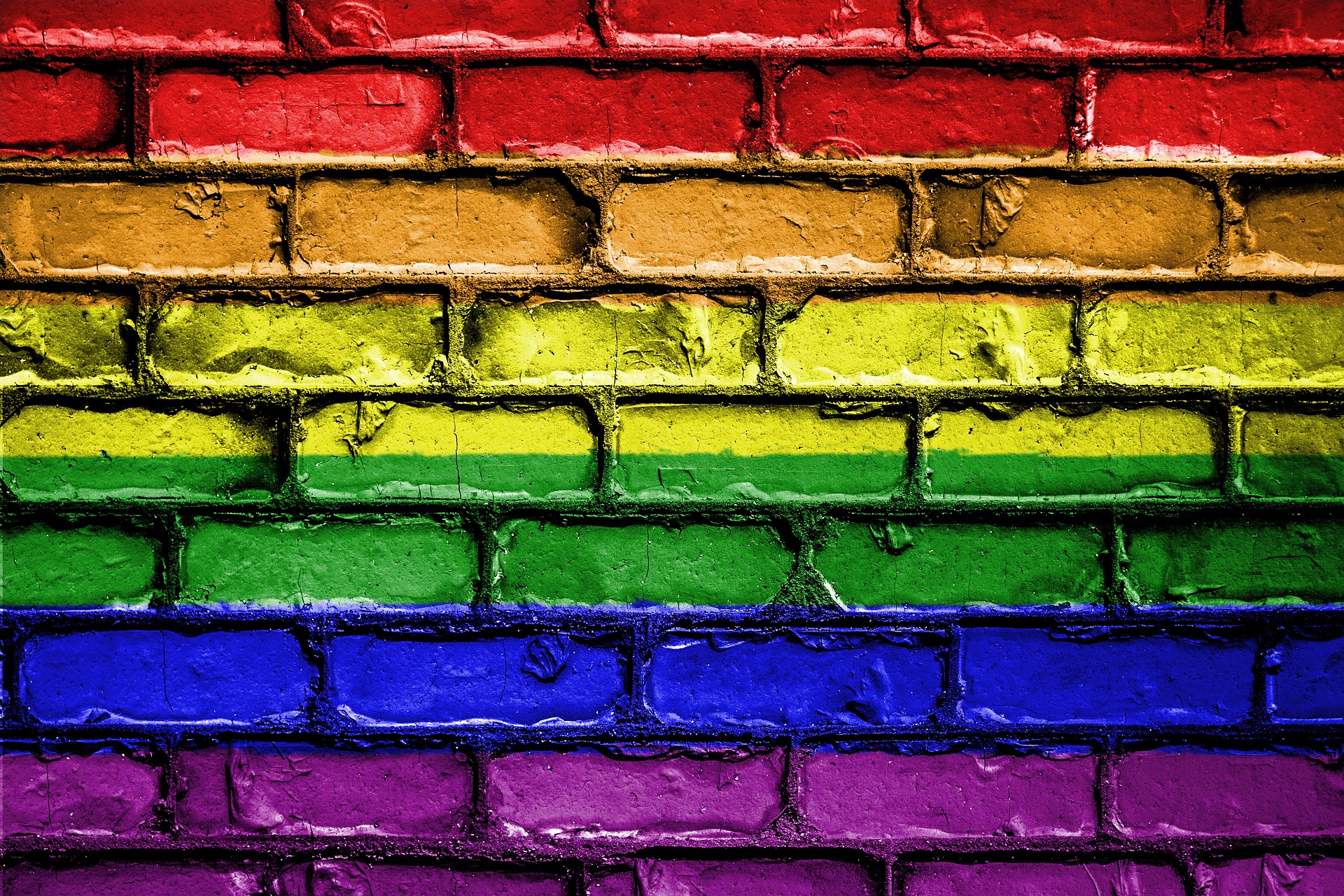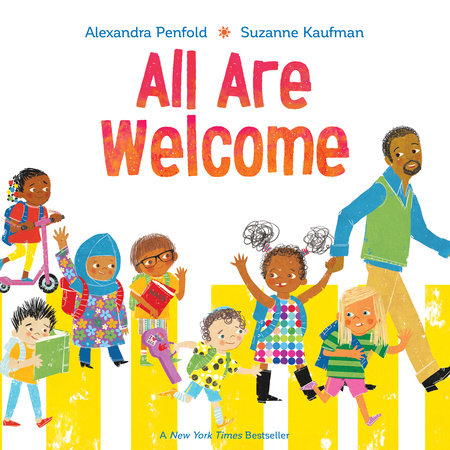10 Ways to support LGBTQIA+ Children and Families in Preschool

Published Date: 06/17/19
Often, we don’t think of preschool-age children as having a sexual or gender identity. We assume their gender identity aligns with the gender they were assigned at birth, and frequently innocent jokes are made about heteronormative relationships. “Alice, is Connor your boyfriend?”
Many LGBTQIA+ adults will tell you that from the earliest ages they can remember, they knew something was different. As early childhood educators, it’s your job to ensure children who will go on to identify as LGBTQIA+ are supported, included, and encouraged to express themselves in a nonjudgmental setting.
Here are ten ways you can ensure your school is supporting the youngest members of the LGBTQIA+ community.
1) Include LGBTQIA+ children’s books in your library and ensure they’re read at story time
Children need to see themselves as well as people different from them reflected in the books they’re introduced to. Here are some book recommendations to add to your collection.
All Are Welcome by Alexandra Penfold and Suzanne Kaufman
Julián Is a Mermaid by Jessica Love
Daddy, Papa, and Me by Lesléa Newman
A Day in the Life of Marlon Bundo by Jill Twiss
And Tango Makes Three by Justin Richardson , Peter Parnell , et al.
Heather Has Two Mommies by by Leslea Newman
From the Stars in the Sky to the Fish in the Sea by Kai Cheng Thom
They She He Me, Free to Be! by Maya & Matthew Gonzales
2) Have different types of families represented at your school
While not everyone has this luxury, if you have a wait list at your school, ensure diversity is represented and there are nontraditional families enrolled.
3) Don’t reinforce gender stereotypes
If a boy wears a dress to school, tell him he looks great in it. If a girl loves playing with the tool set, tell her she’s got steady hands and can fix anything. Toys are toys and should be played with by anyone who enjoys them.
4) Avoid using gendered language or splitting the class by gender
Using gendered language can alientate children. Instead of "boys and girls" say "class," "friends" or "everyone." If you need to split the class into groups, do it by colors or nongendered types of clothing. "Everyone wearing blue," or "Everyone wearing long sleeves come over to this side of the room."
5) Don’t reinforce heteronormative ideals
It’s easy for people to joke about boyfriend/girlfriend relationships amongst children in a heteronormative way, but it’s inappropriate and is not inclusive. Also, don't make assumptions that a parent, grandparent, aunt, uncle or other family member you meet is heterosexual.
6) Don’t apply adult thinking to children’s play
When children play, their motivations may be different than what we see on the surface. A boy playing ‘mommy’ may simply want to nurture someone else and sees his own mother as a nurturing figure. Non-traditional or non-heteronormative behaviors in young children is not necessarily an indicator of future LGBTQ identity status. Children playing in various ways is healthy, normal, and important. Reiterate this to parents if they express concerns.
7) Boys will be boys is a harmful stereotype
Do not dismiss inappropriate behavior by boys and attribute it to their gender. Additionally, telling girls to, "Act like a lady," is just as damaging.
8) Talk about inclusivity, gender identity, and sexual identity in an age-appropriate manner
Determining what’s age-appropriate isn’t always easy, but remember, children are born without biases and are generally accepting of all people unless they’re taught differently. Host or direct parents to age-appropriate events, like Drag Queen Story Hour.
9) Correct gendered or bigoted language and behavior swiftly and appropriately
If you overhear a boy telling a girl she can’t work in construction, or a girl telling a boy he can’t wear pink, correct them and explain to them that our gender doesn’t dictate what we can do or what we can wear. It's vital that children be encouraged to play with/wear whatever makes them happy and it's great for all children to be interested in many different types of toys, clothing, and activities.
10) Train your staff on LGBTQIA+ issues
LGBTQIA+ inclusiveness should be a part of your curriculum, so all staff needs to be trained on it. This glossary, while by no means comprehensive, can help you begin that training so your staff is using the correct terminology.
Sex assigned at birth: Male, Female, Intersex. Typically, a medical professional provides the sex for the birth certificate based on biological anatomy. Intersex is used to describe some medical conditions where a person’s sexual anatomy at birth doesn’t fit generally accepted definitions or male or female.
Gender: Attitudes, feelings, and behaviors that a culture attributes to a person’s biological sex.
Gender Identity: The gender a persons feels they are, even if it doesn’t align with their sexual anatomy.
Gender Expression: How someone demonstrates their gender to other people, e.g. through clothing, makeup, etc.
Queer: People who have been marginalized because of their sexual orientation or gender identity and are not heterosexual and/or cisgender. Queer was a negative slang term but has been reclaimed by the LGBTQIA+ community.
Lesbian: A woman who is sexually attracted to other women.
Gay: A person who is attracted to someone of the same sex, often used to describe men, but can encompass lesbians as well.
Bisexual: A person who has the capacity to be attracted to both people of their same gender and to people of genders different from their own.
Pansexual: A person who is sexually attracted to people without regard to their gender identity.
Asexual: A person who feels no sexual attraction to others.
Transgender: A person whose gender identity does not match their sexual anatomy at birth.
Gender Nonconforming: A person whose behavior or appearance does not conform with prevailing cultural or social expectations about what is appropriate to their gender, or who may express their gender presentation and identity along a spectrum.
Nonbinary: An umbrella term for people who do not fully identify with maleness or femaleness. Sometimes confused with genderqueer.
Genderqueer: People who do not identify or express their gender within the gender binary. They may neither identify as male nor female and see themselves outside of the
common gender binary or feel restricted by gender labels. Sometimes confused with nonbinary.
Cisgender: People who identify with the sex they were assigned at birth.
Conclusion
Creating an inclusive environment that acknowledges, welcomes, and actively supports people of all sexual orientations and gender identities is critical from the earliest ages. Doing so helps develop children who are secure in themselves, creates acceptance, and can reduce bullying.
Other articles you will like:
3 Tips to Get Parents to Pay Tuition On Time
7 Tactics for Brand Awareness on a Budget
Paper Pinecone is the best resource to promote your daycare or preschool and connect with thousands of families looking for care. Register your program at no cost today.
This post may contain affiliate links
- stacey's blog
- Log in or register to post comments




